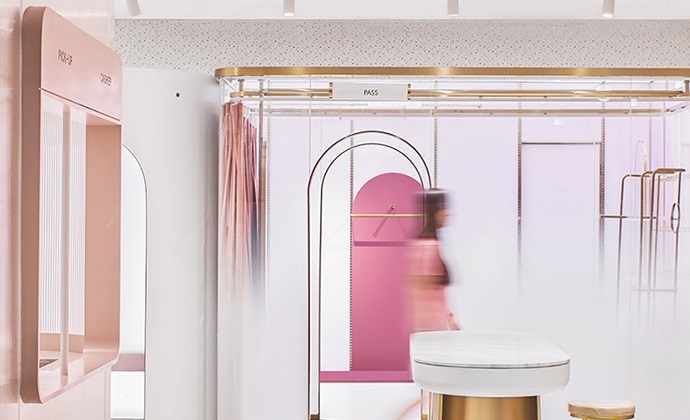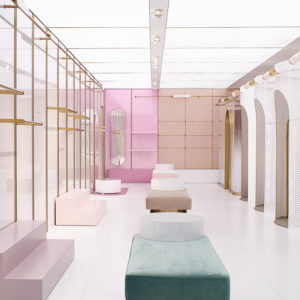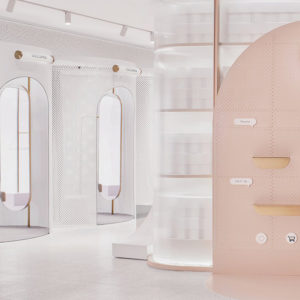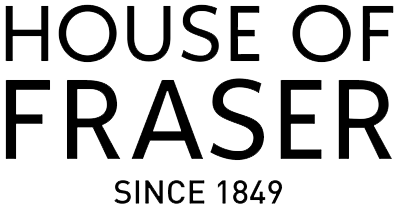
What would a store look like if it was designed by data? Heyshop in Shanghai gives us a pretty good idea. What’s interesting about this design concept is its flexibility. Over time data can shape how the unit looks, how it operates, and even what it sells.
Like many online retailers moving into physical retailing, the Chinese e-commerce platform Heyshop needed space for single-item showcase, rather than storage of inventory, as products can be ordered and delivered to customers’ homes. The platform is used by third party sellers and start-up brands so a wide range of product categories make up the Heyshop enterprise.
 Flexible display systems
Flexible display systems
Due to this way of operating, Heyshop asked its design agency, Daylab Studio for a flexible display system. Based on big-data analysis, whole brands and categories can be replaced in one season. So while one week Heyshop might be selling cosmetics, the following week it can switch to selling electronics or fashion apparel.
Big data dictates the look
The store’s display system, layout, payment areas and fitting rooms are able to move and flex, adjusting to peaks and troughs in footfall demand and the categories on sale at any given time. Product ranges are based on data analysis across a wide range of categories and brands. A minimalist design characterises the 2,150 sq ft interior to establish a clean backdrop for the ever-evolving product offerings.

Turning fitting rooms into corridors
Seven fitting rooms are aligned in a row at the heart of the retail space, and they can be used flexibly, depending on shopper needs throughout the year. In a retail design first, Daylab Studio have constructed these so that they can open up and switch from being fitting rooms to a walk-through space.
So for example, the store may want to offer fitting rooms to try out lingerie and spring fashion throughout May, but use the floor space differently in June.
The power of analytics
Traditionally, collecting data from brick and mortar stores has been limited. It’s confined to transactions, store traffic, loyalty cards, and of course, good old-fashioned face-to-face interactions. But stores of the future are using advanced technology like ecommerce data, social media data, RFID tagging, facial recognition, and AI to generate more detailed understanding of customer behaviour.
It’s likely that by embedding these technologies into physical stores, retailers can now retrieve and measure a vast amount of customer data and take full advantage of the same analytics used online.
Photos: Daylab Studio


















